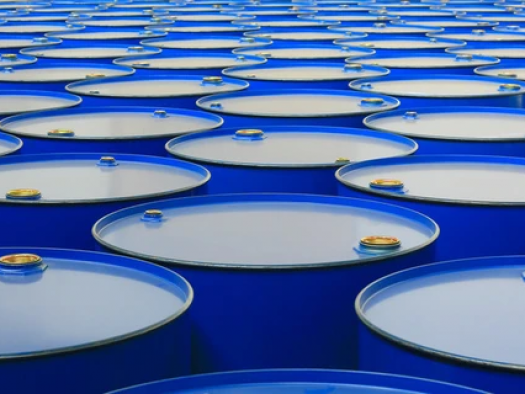New Technology for H₂S Removal in Crude Oil
Why Choose Pro3® for Crude Oil Treatment?
Refineries, production streams and crude oil terminals can eliminate fouling from triazine based Scavengers when treating oil with Pro3® while maintaining similar costs.
H2S Scavengers for crude oil applications

Q2 Technologies, the developer of triazine based Scavengers
The Pro3® series is the next generation of scavengers replacing MEA-triazine in liquid hydrocarbon streams. Field tests show reduction in chemical treatment cost, logistics and fouling-corrosion problems in splitters and refining units. Pro3® will react with the H2S molecules and turns them into aqueous non-toxic sulphate salt. The heavier sulphate salt molecule will drop into produced water stream. The chemical reaction is fast and irreversible.
Pro3® vs. MEA-Triazine: Better Performance, Lower Cost
Decades of H₂S and Mercaptan Removal Expertise
Q2 Technologies has been in business for over 18 years. Q2 Technologies is a spin-off of Quaker Chemical and developed the MEA-Triazine scavengers used world-wide today in the late 1980’s.
Decades of H₂S and Mercaptan Removal Expertise
Q2 Technologies is an expert in H2S and mercaptan removal solutions. Q2 Technologies® has H2S and mercaptan removal experience in the oil & gas, pulp & paper, wastewater, and landfill gas industries. By combining its experience and research and development within these industries, Q2 Technologies offers superior engineering, application and chemical solutions. Contact Q2 Technologies today.








